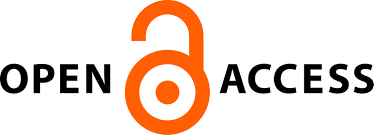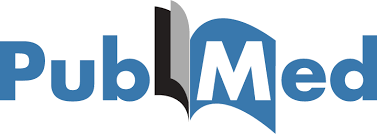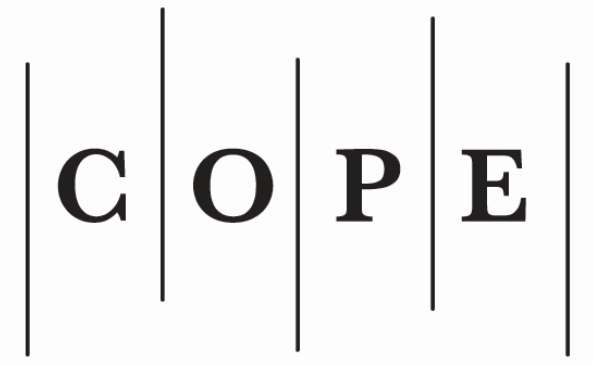Modelling Profitability of Banks by Using Dynamic Panel Data Estimation Method
##plugins.themes.bootstrap3.article.main##
Abstract
Purpose – to find and assess connection between banking sector profitability and real economy data, using panel data, and to display analysis capabilities of dynamic panel data estimation methods.
Design/methodology/approach – a panel, or longitudinal data set, consists of a sequence of observations, repeated through time on a set of statistical units. Panel data and their estimation methods are frequently used in various economic research, as it gives more information than pure cross-section or time series data.
Findings – dynamic panel data estimation methods are used to study relationship between income statement items (net interest income, net fee and commission income and operating expenses) and macroeconomic variables. Model estimation shows that included macroeconomic variables are significant and there is interaction between banks profitability and real economy. Net interest income are found to be dependent on real investment and short term interest rate, net fee and commission income reacts to changes in real gross domestic product (GDP) and operating expenses are connected to real GDP and compensation per employee.
Practical implications – the model is used to estimate income statement items changes after the external forecasted macroeconomic impact. The forecasts indicate that banks profitability reacts to changes in macroeconomic situation.
Research type: case study.
Design/methodology/approach – a panel, or longitudinal data set, consists of a sequence of observations, repeated through time on a set of statistical units. Panel data and their estimation methods are frequently used in various economic research, as it gives more information than pure cross-section or time series data.
Findings – dynamic panel data estimation methods are used to study relationship between income statement items (net interest income, net fee and commission income and operating expenses) and macroeconomic variables. Model estimation shows that included macroeconomic variables are significant and there is interaction between banks profitability and real economy. Net interest income are found to be dependent on real investment and short term interest rate, net fee and commission income reacts to changes in real gross domestic product (GDP) and operating expenses are connected to real GDP and compensation per employee.
Practical implications – the model is used to estimate income statement items changes after the external forecasted macroeconomic impact. The forecasts indicate that banks profitability reacts to changes in macroeconomic situation.
Research type: case study.
##plugins.themes.bootstrap3.article.details##
Section
Articles
- The Author grants to the Publisher the exclusive right and licence to publish this Article without remuneration until the expiry of the economic rights: to reproduce the article in print and digital form, including its publication; to disseminate the original version of the Article or its copies in Lithuania and foreign countries; to translate the Article; to publish the article, including making it publicly available via computer networks; to reproduce and publish the Article in Lithuanian and foreign databases; to licence usage of the Article in ways described in this paragraph.
- The Author warrants that the economic rights of the Author have not been assigned or granted to third parties, that the Article has not been published so far and is not under consideration of being published elsewhere.
- The Author warrants that the Article does not violate intellectual property rights of others.
- After the Article is published in Social Technologies the Author shall have a right to make it public on personal website or on a website of an institution of affiliation, to reproduce it for non-commercial teaching or scholarly research purposes, clearly indicating that the primary source of its publication is Social Technologies.
- This consent shall be considered invalid if the Editorial Board of the Social Technologies decides not to publish the Article.
Authors contributing to Social Technologies agree to publish their articles under a Creative Commons Attribution 3.0 Unported (CC BY 3.0) Licence, allowing third parties to share their work (copy, distribute, transmit) and to adapt it, under the condition that the authors are given credit, and that in the event of reuse or distribution, the terms of this licence are made clear.







